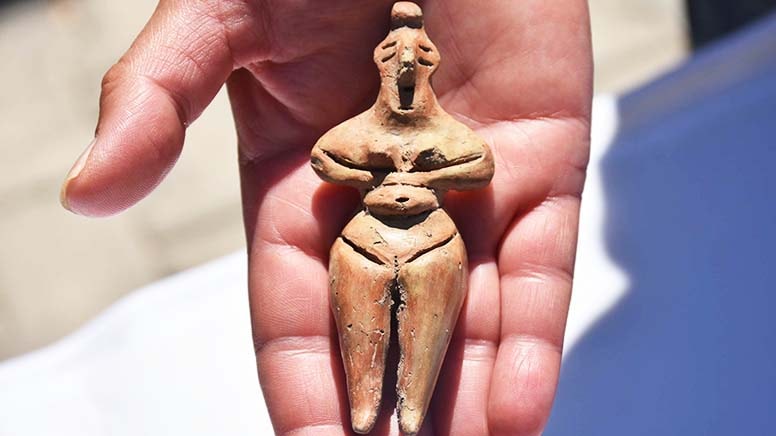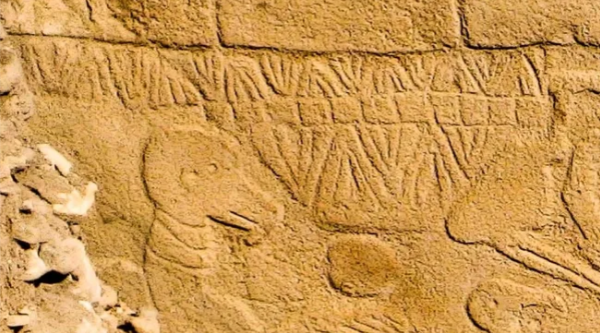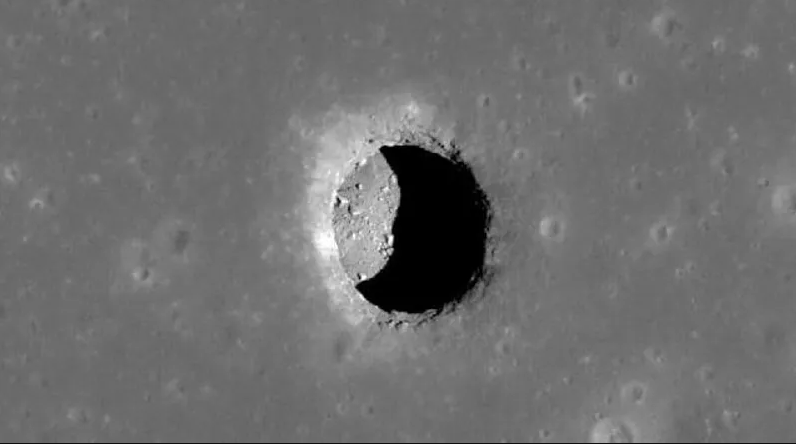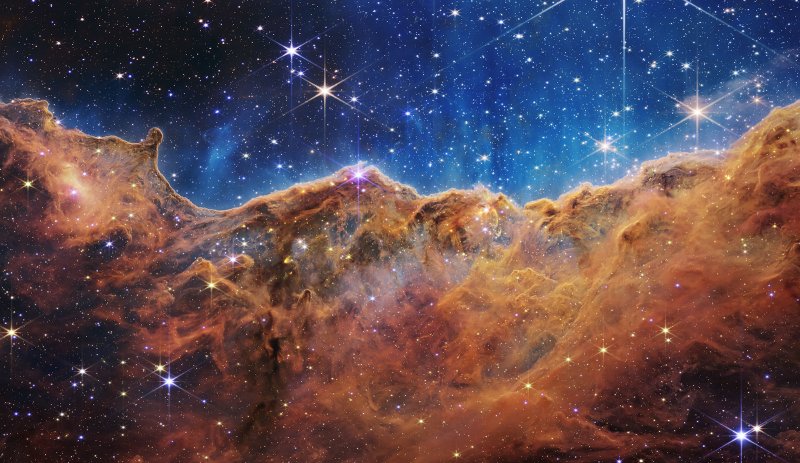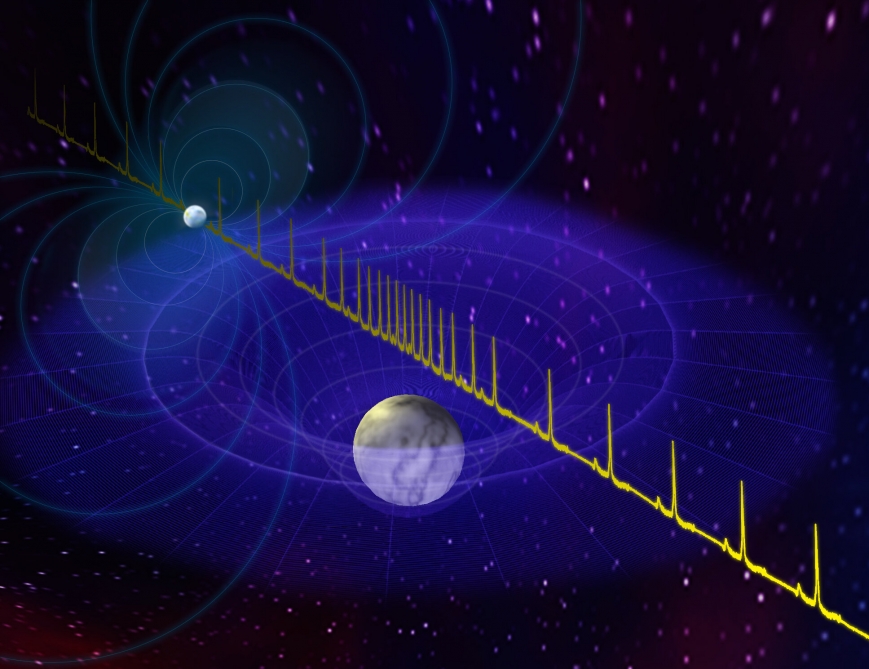
- A-
- A
- A+
Astronomers Detect the Most Massive Neutron Star Yet
Astronomers have discovered the most massive example yet of the dead stars known as neutron stars, one almost too massive to exist, a new study finds.
Neutron stars, like black holes, are corpses of stars that died in catastrophic explosions known as supernovas. When a star goes supernova, the core of its remains collapses under the strength of its own gravitational pull. If this remnant is massive enough, it may form a black hole, which has gravity so powerful that not even light can escape. A less massive core will form a neutron star, so named because its gravity is strong enough to crush protons together with electrons to form neutrons.
"Neutron stars are as mysterious as they are fascinating," study lead author Thankful Cromartie at the University of Virginia and the National Radio Astronomy Observatory, both in Charlottesville, Virginia, said in a statement. "These city-sized objects are essentially ginormous atomic nuclei."
Neutron stars are usually small, with diameters of about 12 miles (19 kilometers) or so, but they are extraordinarily dense. A neutron star's mass is often about the same as that of the sun; a sugar-cube's worth of neutron-star material has a mass of about 100 million tons, or about the same as the entire human population, according to the statement. This makes neutron stars the universe's densest objects besides black holes.

 Elm TV
Elm TV
 Photo
Photo
 Video
Video
